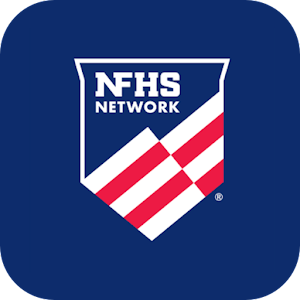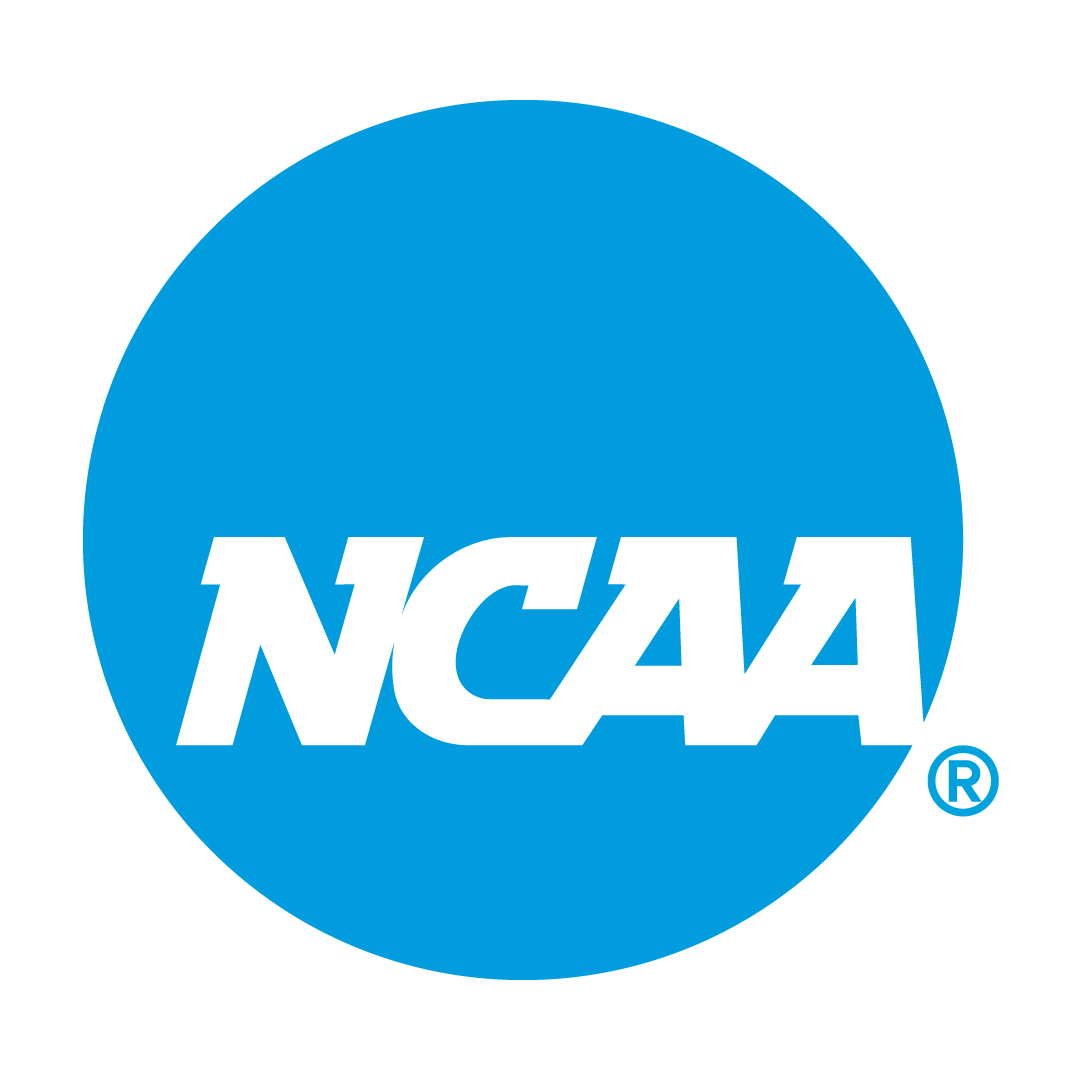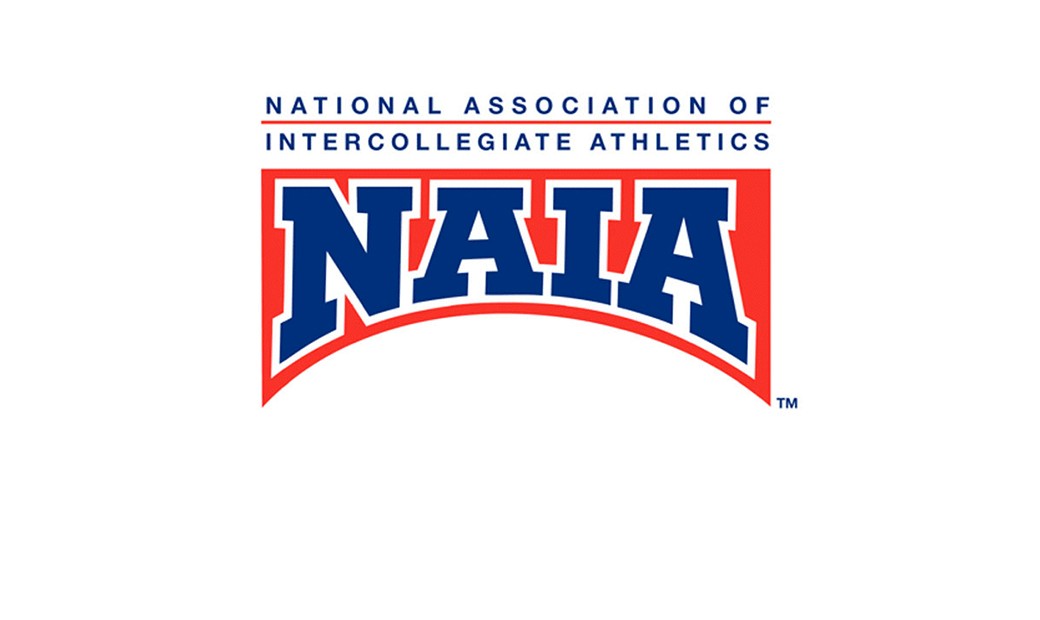NCAA - ELIGIBILITY and CORE COURSE REQUIREMENTS
College Bound Student Athlete Guide - 2024-25
Initial Eligibility Process
Registration Checklist
DI and DII Eligibility
DI Academic Requirements
DII Academic Requirements
DIII Amateurism Standards
This simple formula will help you meet Divisions I and II core-course requirements.
4 x 4 = 16
4 English courses (1 per year) + 4 math courses (1 per year) + 4 science courses (1 per year) + 4 social science courses (1 per year) = 16 NCAA CORE COURSES
LCHS - CORE COURSE list approved by NCAA
Want to Play College Sports?
Create an account at - NCAA Eligibility Center
- Create a Certification Account for those wanting to attend and compete at Division I or II Schools (registration fee required)
- Create a free Profile Page Account if you plan to compete at a Division III School. This can easily transition into a Certification Account (along with paying the registration fee)
Home School Student Resources
NCAA Membership Directory
.
NCAA Name, image and likeness (or NIL) are the three elements that make up “right of publicity”, a legal concept used to prevent or allow the use of an individual to promote a product or service. - On June 30, 2021, the Division 1 Board of Directors approved an interim name, image and likeness (NIL) policy. This new policy allows all NCAA D1, D2 and D3 student-athletes to be compensated for their NIL as of July 1, 2021, regardless of whether their state has a NIL law in place or not. The NCAA NIL rules do not override state, college/university or conference specific NIL rules. This means student-athletes need to review the NIL rules in the state where their school is located and check with their athletic department for any school and conference-specific rules to understand what limitations they will have on their NIL. College student-athletes competing in states without an NIL law will have the freedom to receive compensation for their NIL however they see fit, as long as they do not violate pay-for-play or receive financial incentives to sign with or remain at a program.
.
SLEEP and WELLNESS - Learn how you can improve your performance



